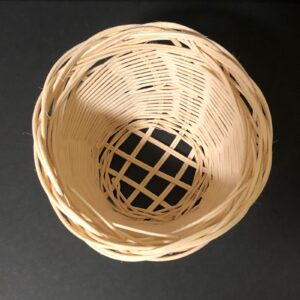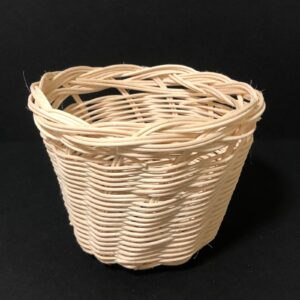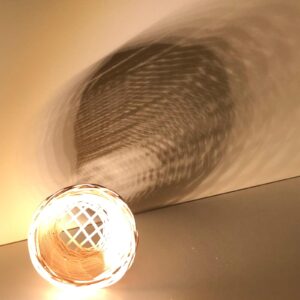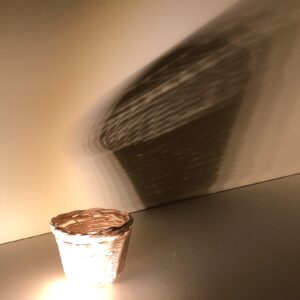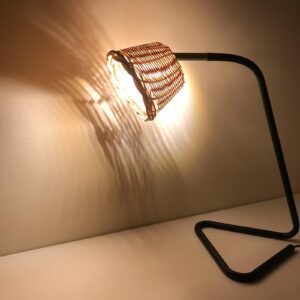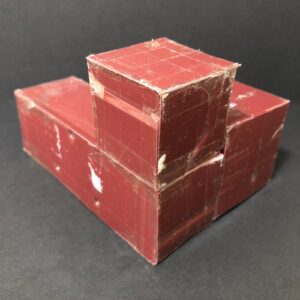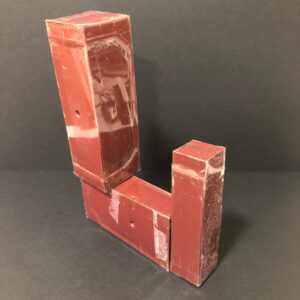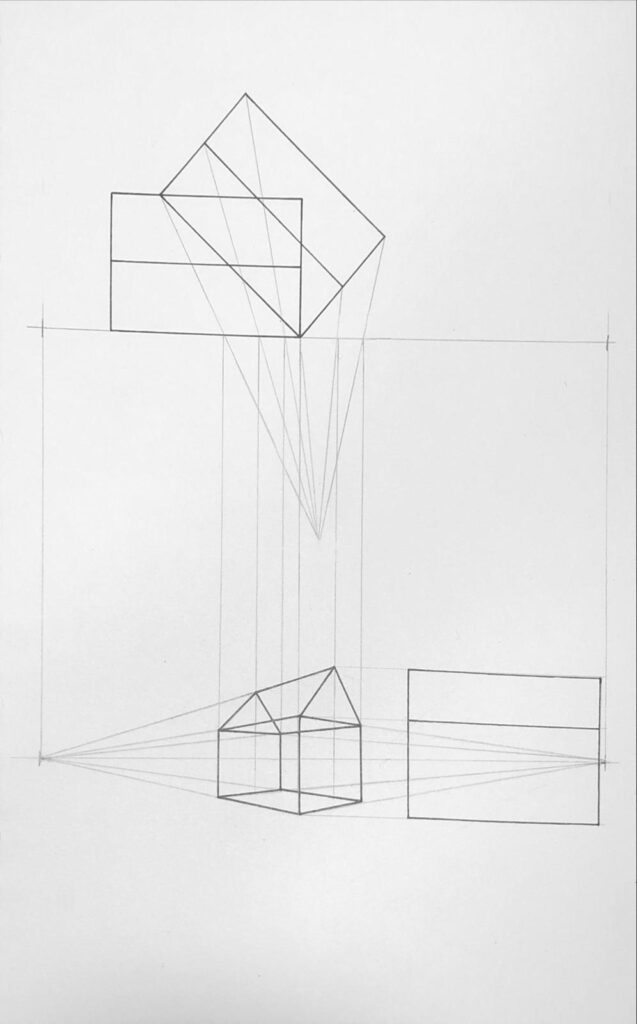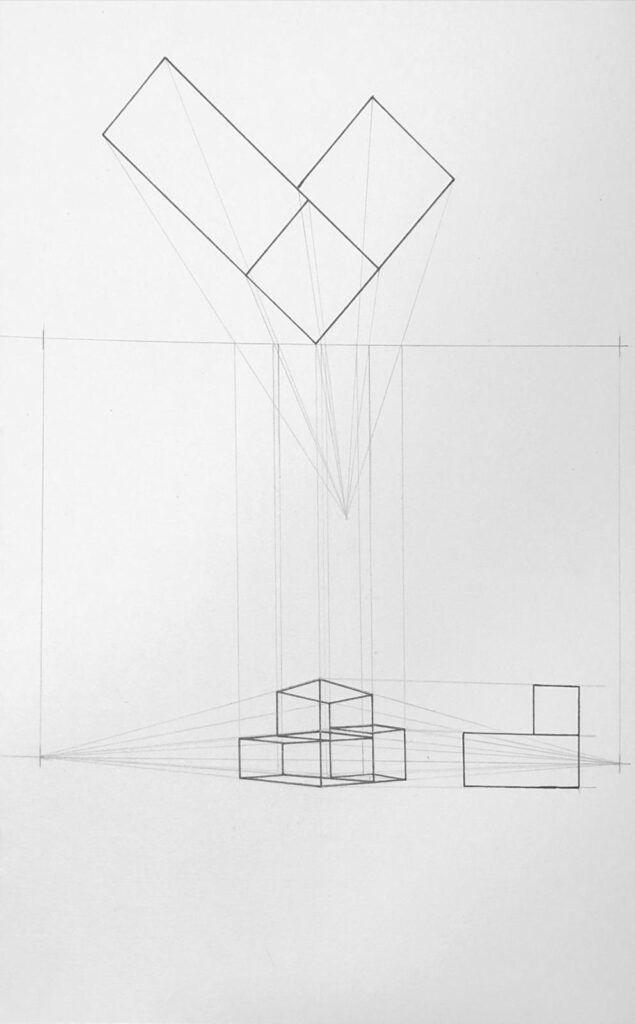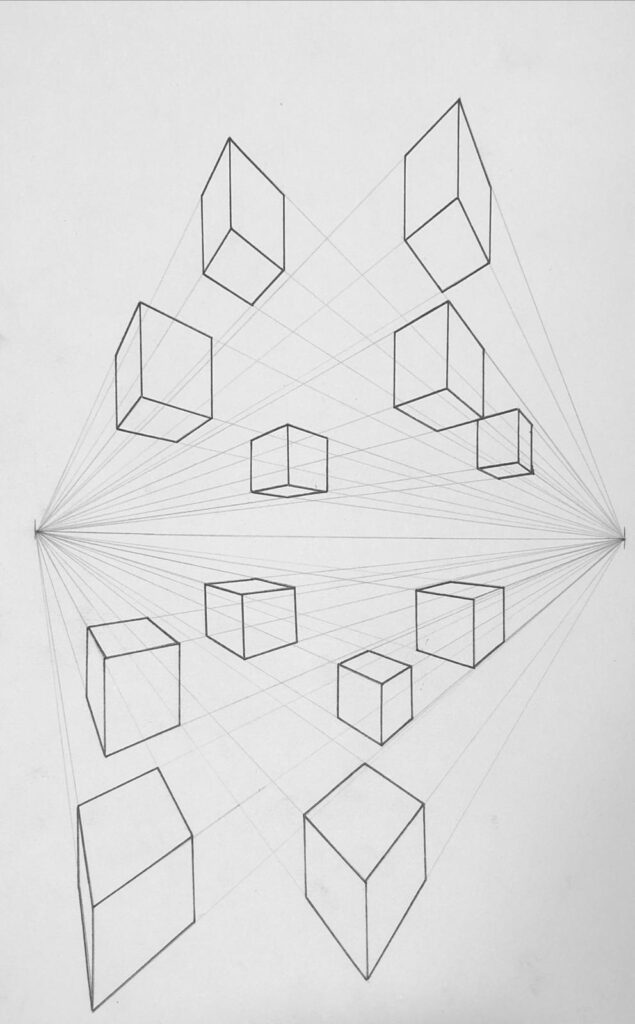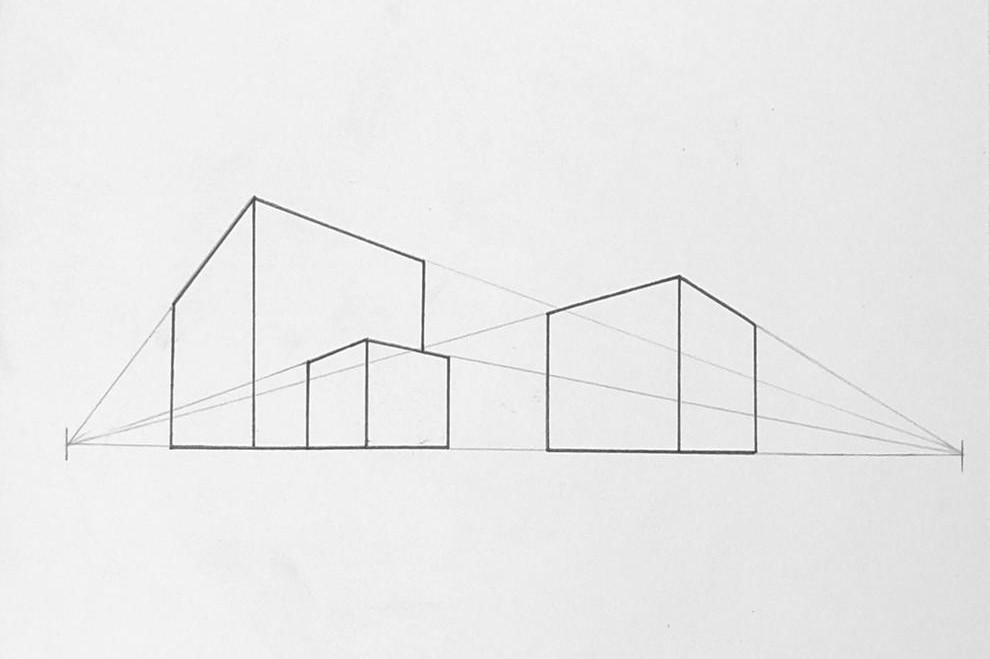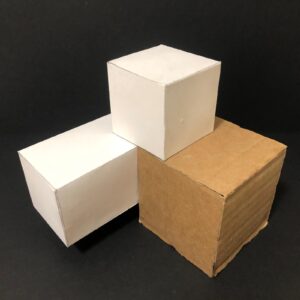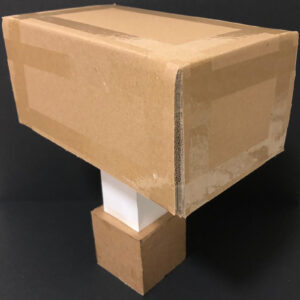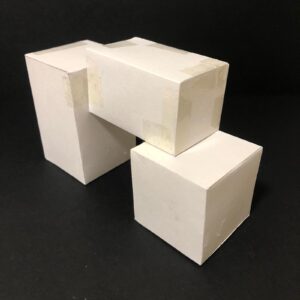Week 4: Linear to Physical

One of the tasks this week was to create a light-basket. I chose rattan cane as my choice of material as I wanted to try making an actual mini-basket with materials that I have yet to explore. Admittedly, the process was much harder than I expected, especially with creating the rim, where I had to redo many times.
Then, I tried seeing how the basket would interact with light. Given how my basket doesn’t have many big gaps except for the base, the shadows reflected onto the wall does not have much pattern to them. Instead, it creates an effect that makes the shadows resemble more of a spider-web, especially in the third photo, which I found quite interesting.

Another task this week was reference geometry. The rectangle reference geometry was rather difficult, since it’s much harder to draw rectangles without the use of a ruler. The cubes were much easier with the help of a ruler, but it was also interesting to see how much the size of the sides of the cubes would shrink the further it got from the first cube.
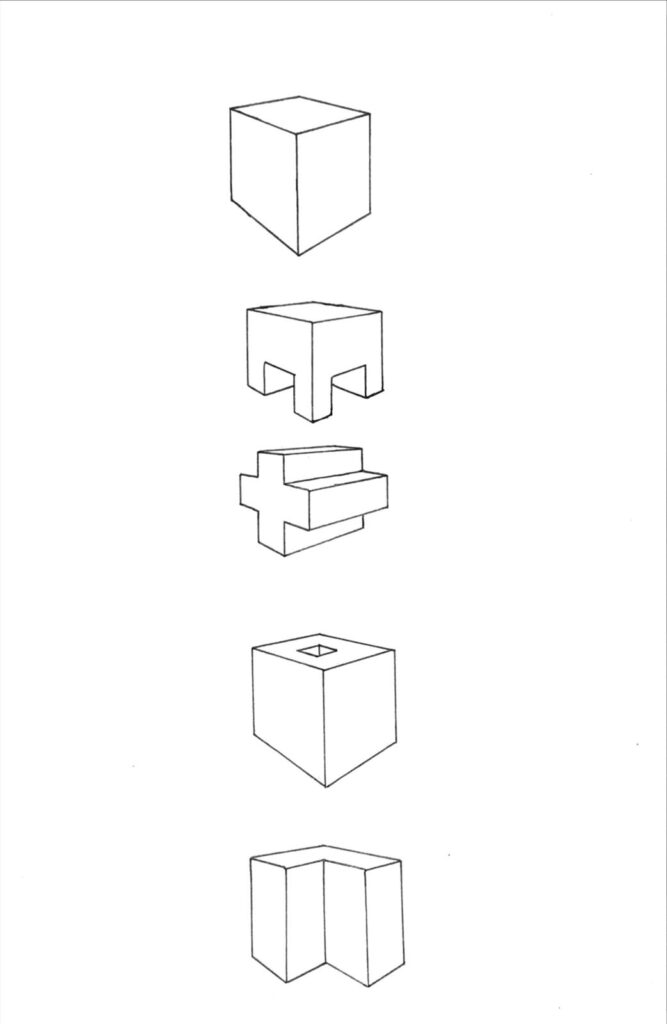



The third task this week was another task on perspective drawing where we had to draw 20 cube variations. This task really helped me get the hang of perspective drawing a bit more, and it was fun to see how many different shapes and patterns I could create out of a simple cube, taking away parts of a cube to create something else.
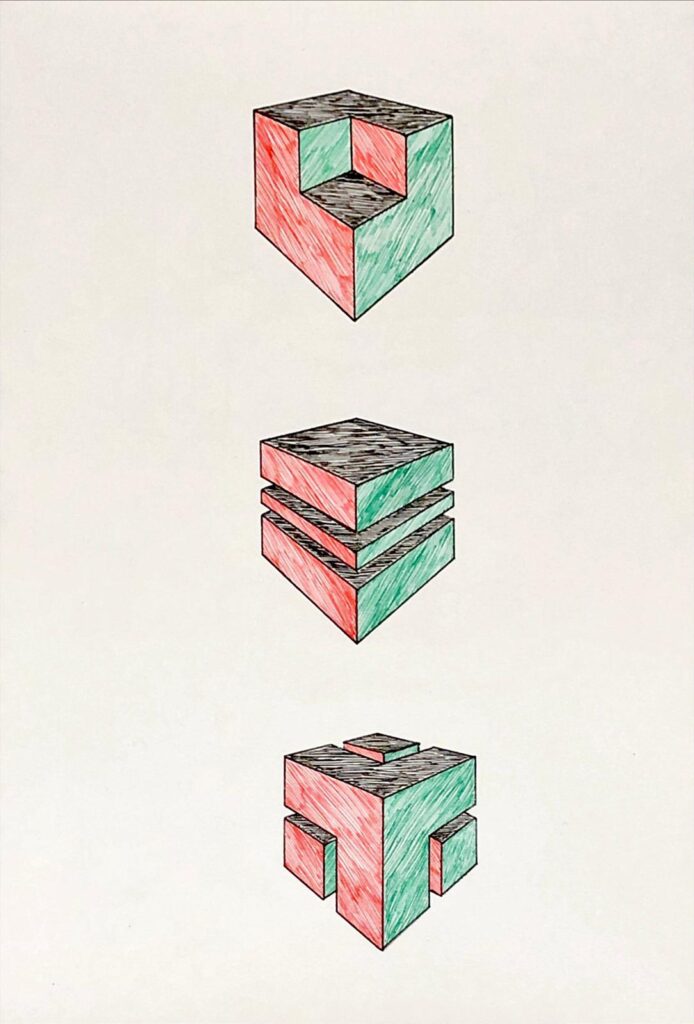
Finally, I picked 3 out of the 20 cube variations and shaded the corresponding faces with the same color. This helps with identifying the sides of the cubes much more with the sharp colors, though I wished I used more similar colors to give it a more realistic 3D feel.
